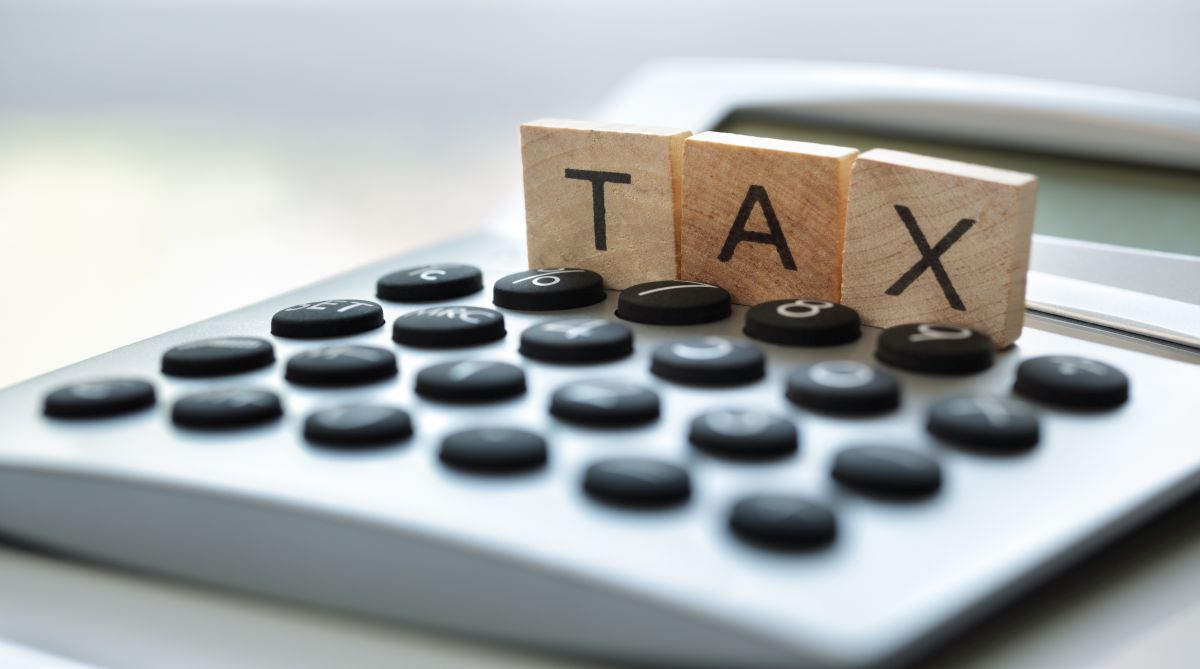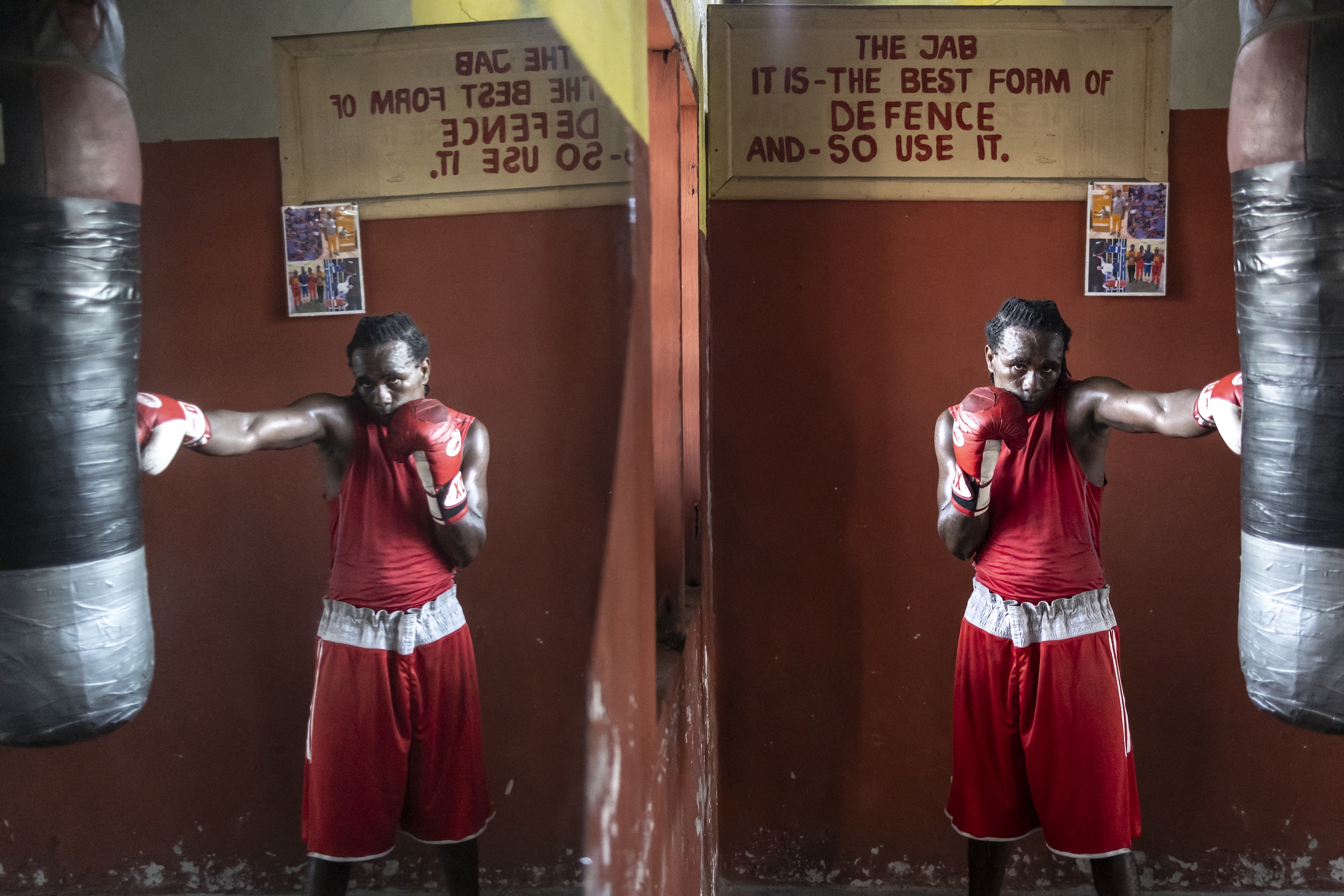
“The antidote to feel-good history is not feel-bad history, but honest and inclusive history,” sociologist writes in “Lies My Teacher Told Me: Everything Your American History Textbook Got Wrong.” The feel-good history most of us have learned about depicts grateful Pilgrims breaking bread with Indigenous people. The honest, inclusive truth is a lot more complicated than that.
Indeed, so much of Indigenous peoples’ history is a footnote in textbooks: the forced and the territorial land-grab by European settlers, the nationwide and the ongoing ramifications of that history for them today. Being an ally to Native Americans begins with knowing all of this (and so much more). We asked a number of Indigenous educators and activists to share what non-Natives need to know to be a good ally ― and what actionable steps we can take to actually make a difference.

(Keep in mind, this is a beginner’s list; advocating for change and uplifting the voices of marginalized people requires more action than this. Still, understanding the real history of Indigenous people in the U.S.
is a great first step.) Learn about the Wampanoag tribe and their relationship with the Pilgrims. Of all the Native American communities whose distinct histories are worth knowing about, the should be at the top of your list.
Why? The Wampanoags were the when they arrived near Plymouth Colony as a particularly rough, unforgiving fall and winter set in. Though it’s overstated in most American history textbooks, the Wampanoag and Pilgrims formed ; the former showed the new arrivals how to and, in return, the colonizers supplied the to fight their rivals, the Narragansett. But what’s forgotten or ignored in the Thanksgiving narrative in most textbooks is this: The pilgrims could only settle at Plymouth because thousands of Native Americans, including Wampanoags, had brought by earlier European ships settlers.
That, in turn, of its Native population so the Pilgrims could set up shop. “Being that they are the tribes who encountered the Pilgrims and whom this fairy tale holiday is based on, it’s important that we listen to Wampanoag voices of protest and follow their lead,” said Matt Remle, the co-editor of and co-founder of . Understand why Thanksgiving is a “National Day of Mourning” for so many.
(Then, explain it to your family.) Following the Wampanoag’s lead starts with learning about the Since 1970, the Wampanoag and other tribes in the New England region have hosted a gathering on Thanksgiving Day at Plymouth Rock to recognize the holiday’s authentic history. They also recognize the subsequent, nation-wide that occurred between the settlers and the tribes whose territories they encroached on, and ongoing assaults on Native culture and religion.
“On this day, the Wampanoag are joined by other Native peoples and non-Natives, to state that, ‘Thanksgiving Day is a time to remember the genocide of millions of Native people, the theft of Native lands, and the relentless assault on Native culture,’” Remle said. To honor their efforts a bit closer to home, Remle suggests supporting the efforts of tribes where you live. “Get to know them, their history, and support them in whatever efforts they are engaged in,” he said.
And on Thanksgiving Day, talk about all of this at the dinner table with your family. (Yes, even with your “PC culture”-hating uncle.) Avoid relaying the information in a way that’s condescending; frame it as an open dialogue, but also a necessary, vital conversation to understanding how our country was formed: “Hey, food for thought: let’s consider the perspective on what this holiday represents.
” If you have a school-aged kid, advocate for a more inclusive, truthful curriculum. History in the U.S.
tends to be told from so it’s no surprise that the Thanksgiving history we learn in classrooms is pretty whitewashed. There’s a who want to teach more comprehensive, inclusive lessons about Thanksgiving, but if that’s not the case in your school district, speak up about what you’d like to see changed, said , a Lakota Sioux writer and host of the podcast . She offered an example: “My friend told her child’s kindergarten teacher that she didn’t want to let her child participate in any stereotypical ‘Pilgrims and Indians’ activities in the classroom.
” “The teacher was actually cool about it and although these activities may remain in classrooms, saying something makes a difference. if more non-Native people kindly advocated for truth in their children’s history curriculum, we would raise a more socially conscious generation,” Schmieding said. Worried about stirring the pot right around the holidays? Don’t be.
You’re not alone in advocating for change ― and you might even be successful. Alabama mom Apryl Arthurs, a member of this Mohawk tribe, to drop a scheduled “powwow” day in which students were encouraged to “dress in Native American attire.” In a Medium article published last year, historians with kids that parents can suggest teachers use and even included some helpful, pre-drafted emails to send if you’re concerned about stereotypical costume activities in the classroom, like Schmieding’s friend was.
If you want to teach your child on your own time (and “decolonize” your own beliefs), Schmieding recommends reading by Roxanne Dunbar-Ortiz. (There’s a adapted by Jean Mendoza and Debbie Reese.) Got AN INDIGENOUS PEOPLE’S HISTORY OF THE UNITED STATES FOR YOUNG PEOPLE signed by at the and wasted no time.
❤️ — Minh Lê (@bottomshelfbks) Donate to a non-profit or charity. Many people believe Native Americans are taken care of by casinos or government entitlements such as free housing, education and healthcare, but that’s not entirely true, said , the public relations manager for “This persistent misconception contributes to apathy and low charitable giving for Native causes,” she said. “This matters because the need for food, education and other basics in remote tribal communities is higher than ever.
” Consider near you, or around the country. Maybe it’s the or the , a non-profit that works to provide “food, clothing, heating assistance, and other emergency programs” to those in financial need. (Here’s a more to consider.
) on Jun 12, 2019 at 3:43pm PDT Recognize that the fight continues today, and that for many Indigenous people, climate justice is at the heart of it. Our conversations around climate change rarely center around Indigenous people but in many ways, it should. There’s a reason that those fighting the in Standing Rock in 2016 called themselves , Schmieding said: Native people are the “first cultivators of this land and have historically lived in symbiosis with the plants and animals of their respective regions.
” And when the environment is encroached on, it hurts them the most. “When climate injustice occurs, it affects vulnerable Black and Indigenous communities first, which is why non-Native people need to learn about the Indigenous peoples of their land and actively support those tribal nations’ work around climate justice,” she said. “In of the U.
S. right now, there are Native-led climate justice movements happening to protect the land from invasive resource extraction. Some voices to follow are the , and .
” Consume media created by Indigenous people. It’s a good idea to expand your media diet to include marginalized voices. Most Native American issues don’t get the coverage they deserve in mainstream outlets, but there’s a slew of magazines, websites and social media accounts created by Indigenous people that are worth following.
“Get your news from sometimes,” Schmieding said. “Start following Native actors, comedians, artists, scholars and activists on social media. Deepen your recognition of Native people in your community, professional world and friend groups because we very much exist.
” One thing to keep in mind as you learn more about Native histories and ongoing struggles ― and hopefully get more involved? While it’s great to be a well-informed ally, the goal is to amplify the voices of the community you support, not shout over them and drown them out. “Learning about this history is not an invitation to take over and appropriate our ceremonies and traditions that we’ve been working so hard to preserve,” Schmieding said. “We’ve fought very hard to exist in non-Native spaces.
Now, it’s your turn to ask how you can be a better ally to .” Related..
..













